Home>Furniture & Design>Bathroom Accessories>How To Clean Mold Out Of Bath Toys
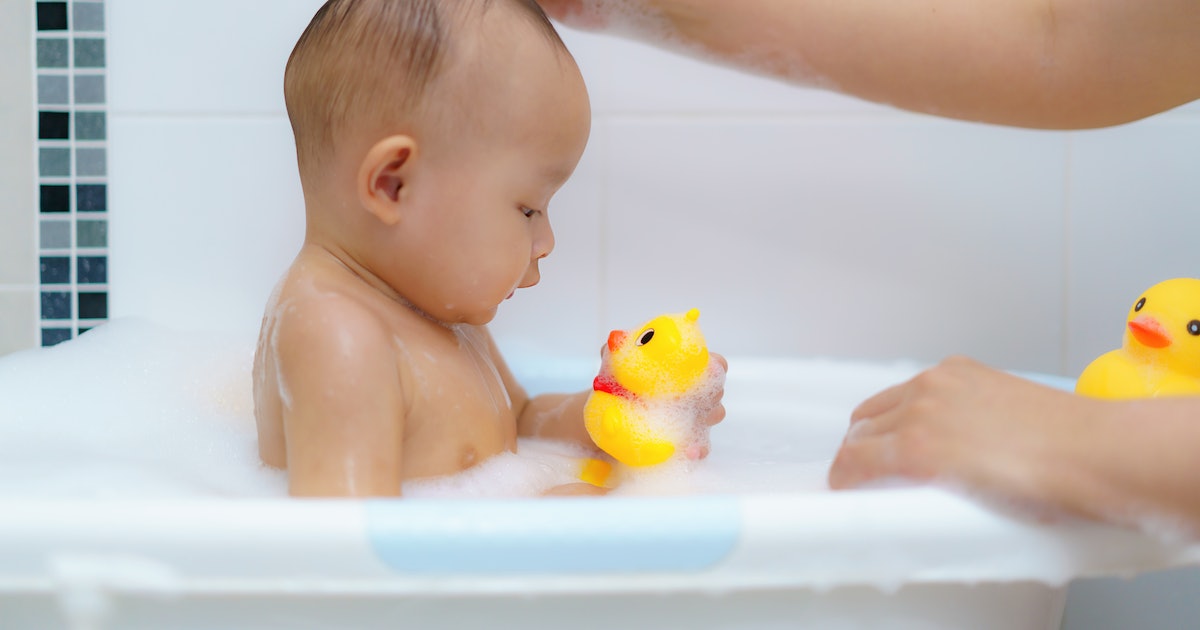

Bathroom Accessories
How To Clean Mold Out Of Bath Toys
Modified: September 2, 2024
Learn how to effectively clean mold out of bath toys and keep your bathroom accessories safe and hygienic with our expert tips and tricks. Say goodbye to mold and hello to clean, safe bath toys!
(Many of the links in this article redirect to a specific reviewed product. Your purchase of these products through affiliate links helps to generate commission for Storables.com, at no extra cost. Learn more)
Introduction
Bath time is a fun and essential part of a child's routine, providing a playful and relaxing experience. However, the presence of mold in bath toys can pose a significant concern for both children and parents. Mold thrives in warm, moist environments, making bath toys an ideal breeding ground. As a result, it's crucial to address this issue promptly to ensure the safety and well-being of children during their bath time adventures.
Mold not only affects the appearance of bath toys but also presents potential health risks. When children play with moldy bath toys, they may unknowingly come into contact with harmful bacteria and allergens, which can lead to respiratory issues and skin irritation. Therefore, understanding how to effectively clean mold out of bath toys is paramount for maintaining a hygienic and safe bathing environment for children.
In this comprehensive guide, we will explore the importance of cleaning mold out of bath toys and provide a detailed step-by-step process for effectively removing mold. Additionally, we will discuss the materials needed for this cleaning task and offer valuable tips for preventing mold growth in the future. By following these guidelines, parents and caregivers can ensure that bath time remains a delightful and healthy experience for children, free from the concerns associated with mold-contaminated toys.
Key Takeaways:
- Keep bath toys mold-free for a safe and fun bath time. Regularly clean with vinegar, hot water, and dish soap. Dry thoroughly and store in a well-ventilated area to prevent mold growth.
- Prevent mold in bath toys by drying them properly, using sunlight, and choosing mold-resistant toys. Educate kids on toy hygiene for a clean and worry-free bath time.
Read more: How To Clean Out Bath Toys
Why It's Important to Clean Mold Out of Bath Toys
Ensuring that bath toys are free from mold is crucial for maintaining a safe and hygienic environment for children during their bath time activities. Mold, a type of fungus, thrives in warm and moist conditions, making bath toys an ideal breeding ground. When left unchecked, mold can pose several risks, making it imperative to address this issue promptly.
First and foremost, the presence of mold on bath toys can lead to potential health hazards for children. When kids play with moldy toys, they may inadvertently come into contact with harmful bacteria and allergens. This exposure can result in respiratory issues, skin irritation, and allergic reactions, which can significantly impact a child's well-being. By regularly cleaning mold out of bath toys, parents and caregivers can mitigate these health risks and ensure a safer bathing experience for children.
Furthermore, mold-contaminated bath toys can compromise the overall cleanliness of the bathing environment. Mold growth not only affects the appearance of the toys but also introduces an unpleasant musty odor, detracting from the enjoyable and relaxing nature of bath time. By addressing mold buildup, parents can maintain a fresh and inviting bathing space, promoting a more pleasant experience for both children and caregivers.
In addition to health and cleanliness concerns, neglecting to clean mold out of bath toys can lead to the spread of mold spores to other surfaces and items in the bathroom. This can perpetuate the cycle of mold growth, potentially affecting other bath accessories and even the bathroom itself. By proactively addressing mold on bath toys, parents can prevent the spread of mold and maintain a healthier and more hygienic bathroom environment overall.
By recognizing the importance of cleaning mold out of bath toys, parents and caregivers can prioritize the well-being and safety of their children during bath time. Through regular cleaning and maintenance, they can create a hygienic and enjoyable bathing environment, free from the potential health risks and discomfort associated with mold-contaminated toys.
Materials Needed
To effectively clean mold out of bath toys, you will need a few essential materials to ensure thorough and safe removal of mold and bacteria. These items are readily available and can be easily assembled for the cleaning process. Here's a detailed list of the materials needed:
-
White Vinegar: This natural and versatile cleaning agent is highly effective in combating mold and mildew. White vinegar's acidic nature helps break down mold and disinfect bath toys, making it an indispensable component of the cleaning solution.
-
Hot Water: Hot water is essential for creating a potent cleaning solution and effectively sanitizing bath toys. It aids in loosening and removing mold while ensuring that the toys are thoroughly disinfected.
-
Bucket or Basin: A sturdy bucket or basin is necessary for soaking the bath toys in the cleaning solution. It provides a convenient and contained space for the cleaning process, allowing for thorough treatment of multiple toys simultaneously.
-
Soft-Bristled Brush: A soft-bristled brush, such as a toothbrush or scrub brush, is ideal for gently scrubbing and removing mold from the surface of bath toys. The soft bristles help dislodge mold without causing damage to the toys.
-
Dish Soap: Mild dish soap serves as an effective cleanser for removing dirt, grime, and residual mold from bath toys. It aids in achieving a thorough clean while ensuring that the toys are safe for children to use.
-
Clean Towels: Absorbent and clean towels are essential for drying the bath toys after the cleaning process. Drying the toys thoroughly helps prevent the recurrence of mold and ensures that they are ready for use.
-
Ventilated Drying Rack or Surface: After cleaning and drying, it's important to place the bath toys on a well-ventilated drying rack or surface to ensure complete air circulation and prevent moisture buildup, which can contribute to mold growth.
By gathering these materials, you can effectively and safely clean mold out of bath toys, ensuring that they are free from harmful mold and bacteria. These readily available items, when used in combination, provide a comprehensive and thorough cleaning solution, promoting a hygienic and safe bathing environment for children.
Soak bath toys in a solution of 1 part white vinegar and 1 part water for 1 hour. Scrub with a brush, rinse thoroughly, and let them air dry to prevent mold.
Step-by-Step Guide to Cleaning Mold Out of Bath Toys
-
Inspect the Bath Toys: Begin by carefully examining each bath toy for visible mold growth. Pay close attention to crevices, openings, and areas where water may accumulate. Discard any toys with extensive mold infestation or signs of damage that cannot be effectively cleaned.
-
Prepare the Cleaning Solution: In a bucket or basin, mix equal parts of white vinegar and hot water to create a potent cleaning solution. The acidic properties of white vinegar effectively combat mold and disinfect the bath toys, ensuring a thorough cleaning process.
-
Soak the Toys: Submerge the affected bath toys in the cleaning solution, ensuring that they are fully immersed. Allow the toys to soak for at least 15-20 minutes to loosen the mold and bacteria. This soaking period facilitates the breakdown of mold and prepares the toys for scrubbing.
-
Scrub the Toys: Using a soft-bristled brush, gently scrub the surface of each toy to dislodge and remove the mold. Pay particular attention to intricate areas and crevices where mold may be present. The combination of white vinegar and gentle scrubbing effectively eliminates mold and restores the toys to a clean and hygienic state.
-
Rinse Thoroughly: After scrubbing, rinse the bath toys under running water to remove any residual mold, vinegar, and dirt. Ensure that all traces of the cleaning solution are thoroughly washed away, leaving the toys clean and free from contaminants.
-
Clean with Dish Soap: Apply a small amount of mild dish soap to the toys and gently lather to remove any remaining impurities. This additional cleansing step helps ensure that the toys are thoroughly sanitized and safe for children to use.
-
Dry the Toys: Use clean towels to dry the bath toys thoroughly, ensuring that all moisture is removed. Proper drying is essential for preventing the recurrence of mold and maintaining the cleanliness of the toys. Place the toys on a well-ventilated drying rack or surface to promote air circulation and complete drying.
-
Inspect and Store: Once dry, carefully inspect the bath toys to ensure that they are free from mold and completely dry. Store the toys in a clean and dry container or mesh bag to prevent dust and moisture accumulation, further safeguarding them against mold growth.
By following this step-by-step guide, parents and caregivers can effectively clean mold out of bath toys, ensuring a hygienic and safe bathing environment for children. Regular maintenance and cleaning of bath toys are essential for preventing mold growth and promoting a delightful and worry-free bath time experience.
Tips for Preventing Mold in the Future
Preventing mold growth in bath toys is essential for maintaining a hygienic and safe bathing environment for children. By implementing proactive measures, parents and caregivers can effectively minimize the risk of mold contamination and ensure that bath time remains a delightful and worry-free experience. Here are valuable tips for preventing mold in the future:
-
Regular Cleaning Routine: Establish a regular cleaning schedule for bath toys to prevent the buildup of moisture and potential mold growth. After each use, thoroughly rinse and dry the toys to remove any lingering water, minimizing the conditions conducive to mold development.
-
Proper Storage: Store bath toys in a well-ventilated area after use to allow for adequate air circulation and complete drying. Avoid sealing wet toys in airtight containers or bags, as this can trap moisture and promote mold growth. Utilize mesh bags or open containers to store toys, facilitating air drying and reducing the risk of mold formation.
-
Sunlight Exposure: Take advantage of natural sunlight to inhibit mold growth on bath toys. Periodically place the toys in direct sunlight, as ultraviolet (UV) rays possess natural disinfecting properties that can help deter mold and bacteria. Sun exposure also aids in drying the toys thoroughly, further preventing moisture-related mold issues.
-
Use Mold-Resistant Toys: When selecting bath toys, opt for those specifically designed to resist mold and mildew. Mold-resistant materials and designs are available in the market, offering enhanced durability and reduced susceptibility to mold growth. Investing in high-quality, mold-resistant toys can significantly contribute to preventing mold in the long run.
-
Thorough Drying: After cleaning, ensure that bath toys are thoroughly dried before storage. Use clean towels to remove excess moisture and place the toys on a ventilated drying rack or surface. Adequate drying prevents residual moisture from fostering mold, preserving the cleanliness and integrity of the toys.
-
Inspect and Replace: Regularly inspect bath toys for signs of mold, discoloration, or damage. Promptly discard any toys showing indications of mold infestation that cannot be effectively cleaned. Replace old or deteriorating toys with new, mold-resistant alternatives to maintain a hygienic bathing environment.
-
Educate Children: Teach children about the importance of keeping bath toys clean and dry. Encourage them to shake out excess water from the toys after use and participate in the drying process. Instilling good hygiene practices in children fosters a sense of responsibility and contributes to mold prevention efforts.
By incorporating these practical tips into the care and maintenance of bath toys, parents and caregivers can effectively prevent mold growth, ensuring a clean, safe, and enjoyable bathing experience for children. Proactive measures and consistent attention to toy hygiene contribute to a healthier and mold-free environment, promoting peace of mind and well-being during bath time.
Read more: How To Clean Squirty Bath Toys
Conclusion
In conclusion, maintaining a clean and mold-free environment for children's bath time activities is paramount for their health, safety, and overall well-being. The presence of mold in bath toys not only compromises their appearance but also poses potential health risks, including respiratory issues and skin irritation. By understanding the importance of cleaning mold out of bath toys and following a comprehensive cleaning process, parents and caregivers can ensure a hygienic and worry-free bathing experience for children.
The step-by-step guide provided offers a practical and effective approach to cleaning mold out of bath toys, utilizing simple yet potent materials such as white vinegar, hot water, and mild dish soap. By incorporating these materials and following the outlined cleaning process, parents can effectively eliminate mold and bacteria from bath toys, restoring them to a clean and safe condition for children to enjoy.
Furthermore, the tips for preventing mold in the future serve as proactive measures to minimize the risk of mold contamination and maintain a hygienic bathing environment. Establishing a regular cleaning routine, proper storage, sunlight exposure, and the use of mold-resistant toys are essential strategies for preventing mold growth and ensuring the long-term cleanliness of bath toys.
By prioritizing the cleanliness and maintenance of bath toys, parents and caregivers can create a safe and enjoyable bathing environment, free from the concerns associated with mold-contaminated toys. Through consistent attention to toy hygiene and proactive mold prevention measures, bath time can remain a delightful and worry-free experience for children, promoting their well-being and fostering a sense of comfort and security.
In essence, by recognizing the significance of cleaning mold out of bath toys and implementing preventive measures, parents and caregivers can uphold a standard of cleanliness and safety that enhances the overall bath time experience. With a commitment to regular maintenance and proactive mold prevention, bath time can continue to be a cherished and rejuvenating part of a child's routine, fostering joy, relaxation, and peace of mind for both children and caregivers alike.
Frequently Asked Questions about How To Clean Mold Out Of Bath Toys
Was this page helpful?
At Storables.com, we guarantee accurate and reliable information. Our content, validated by Expert Board Contributors, is crafted following stringent Editorial Policies. We're committed to providing you with well-researched, expert-backed insights for all your informational needs.
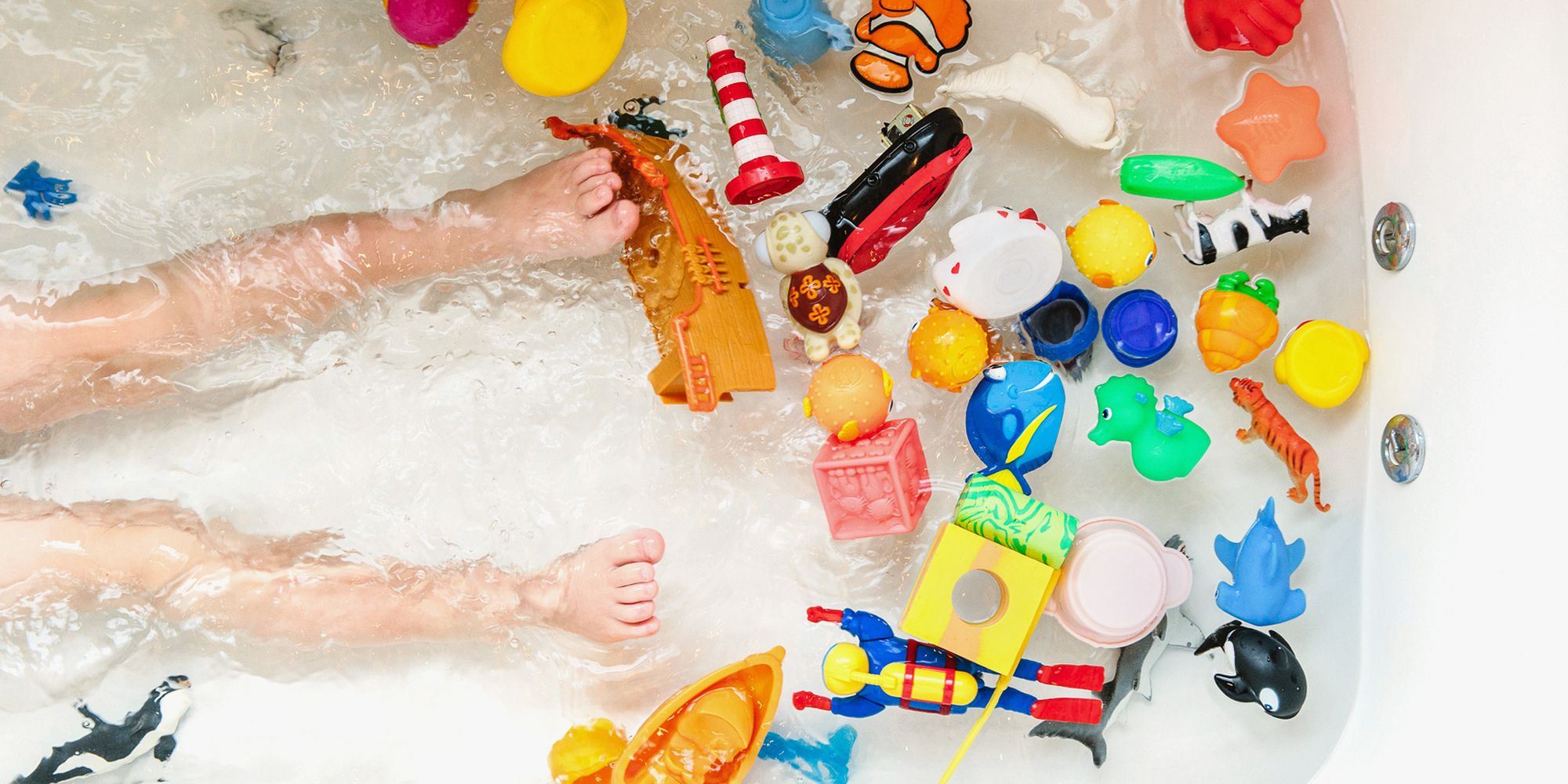
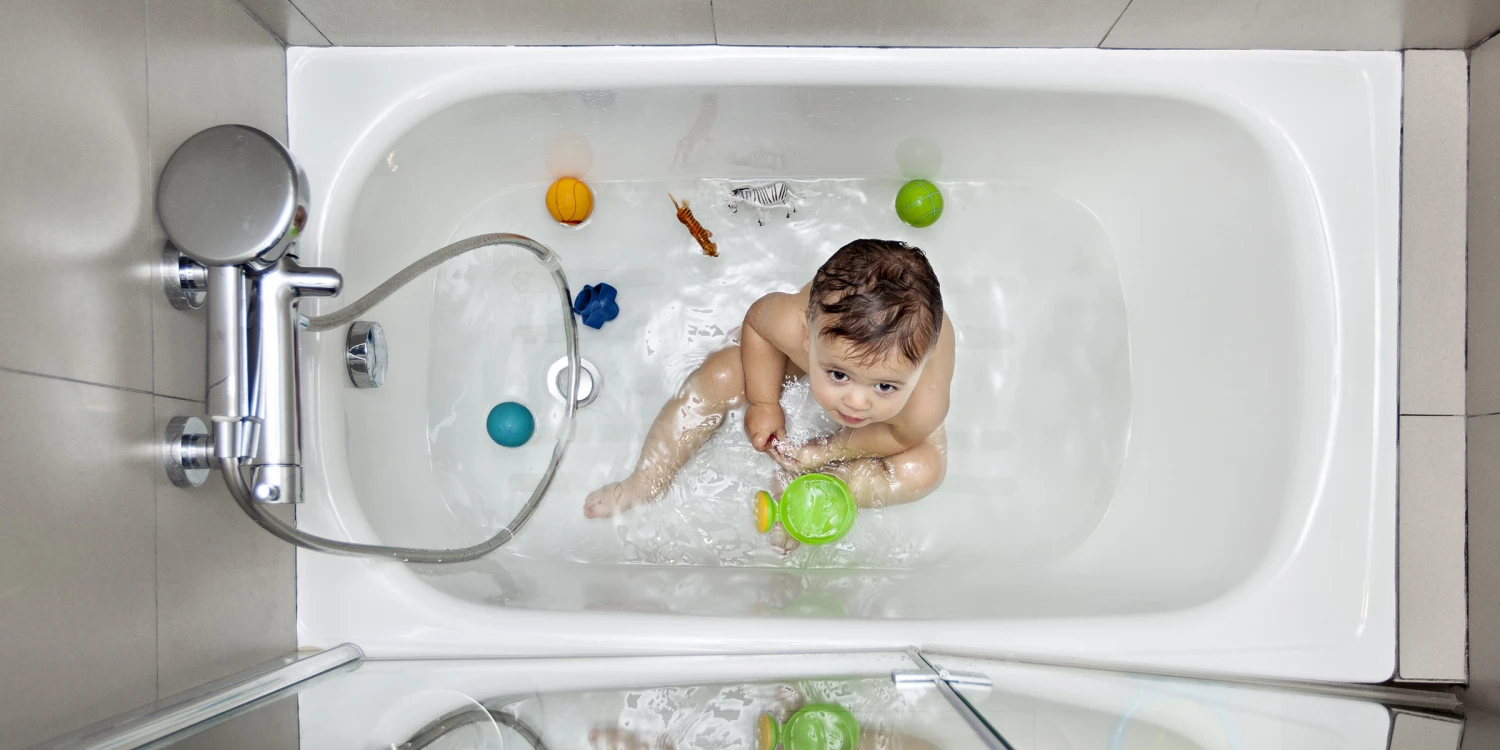

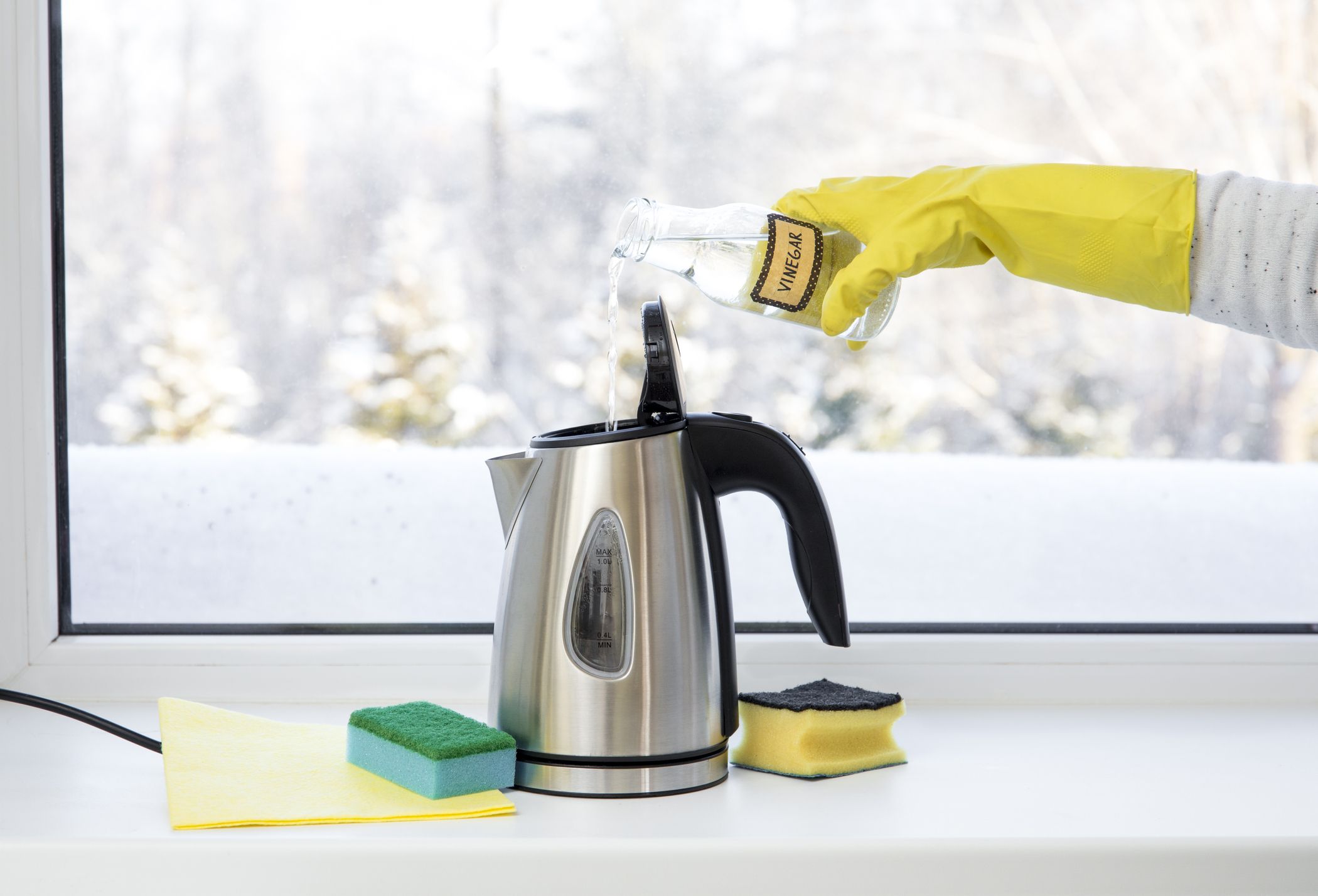
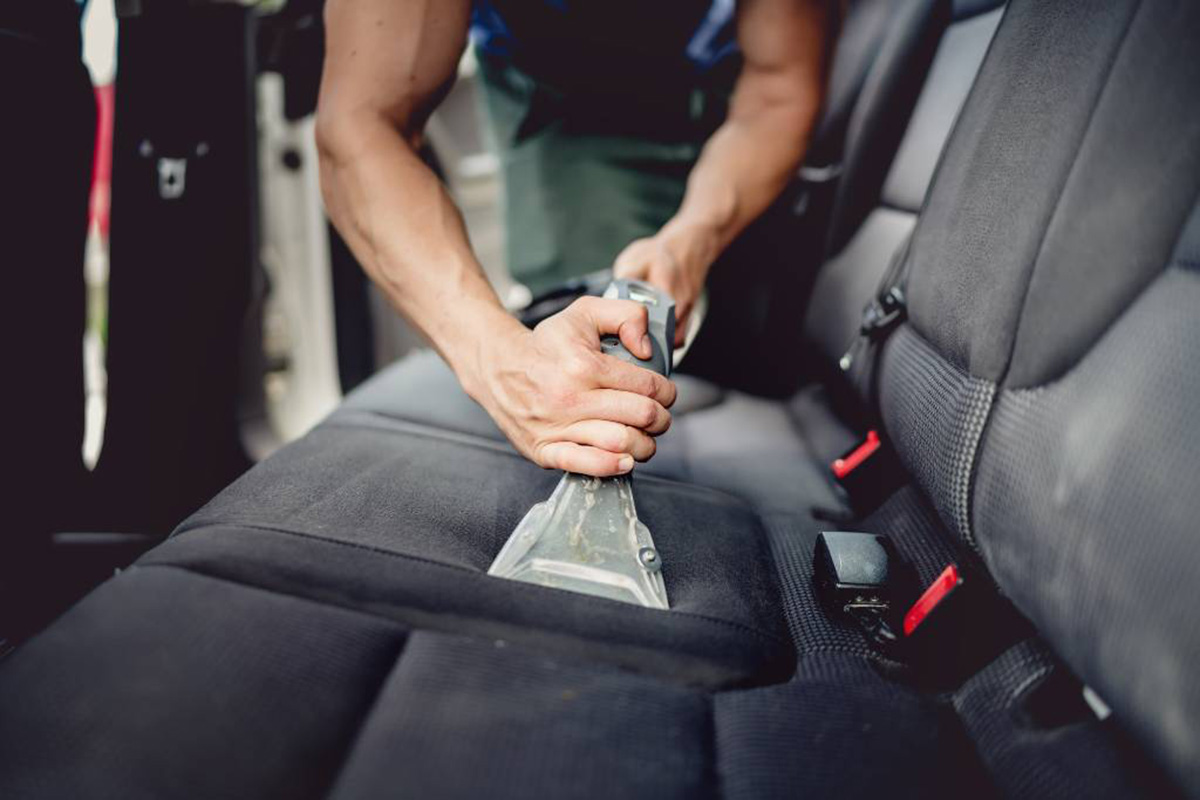
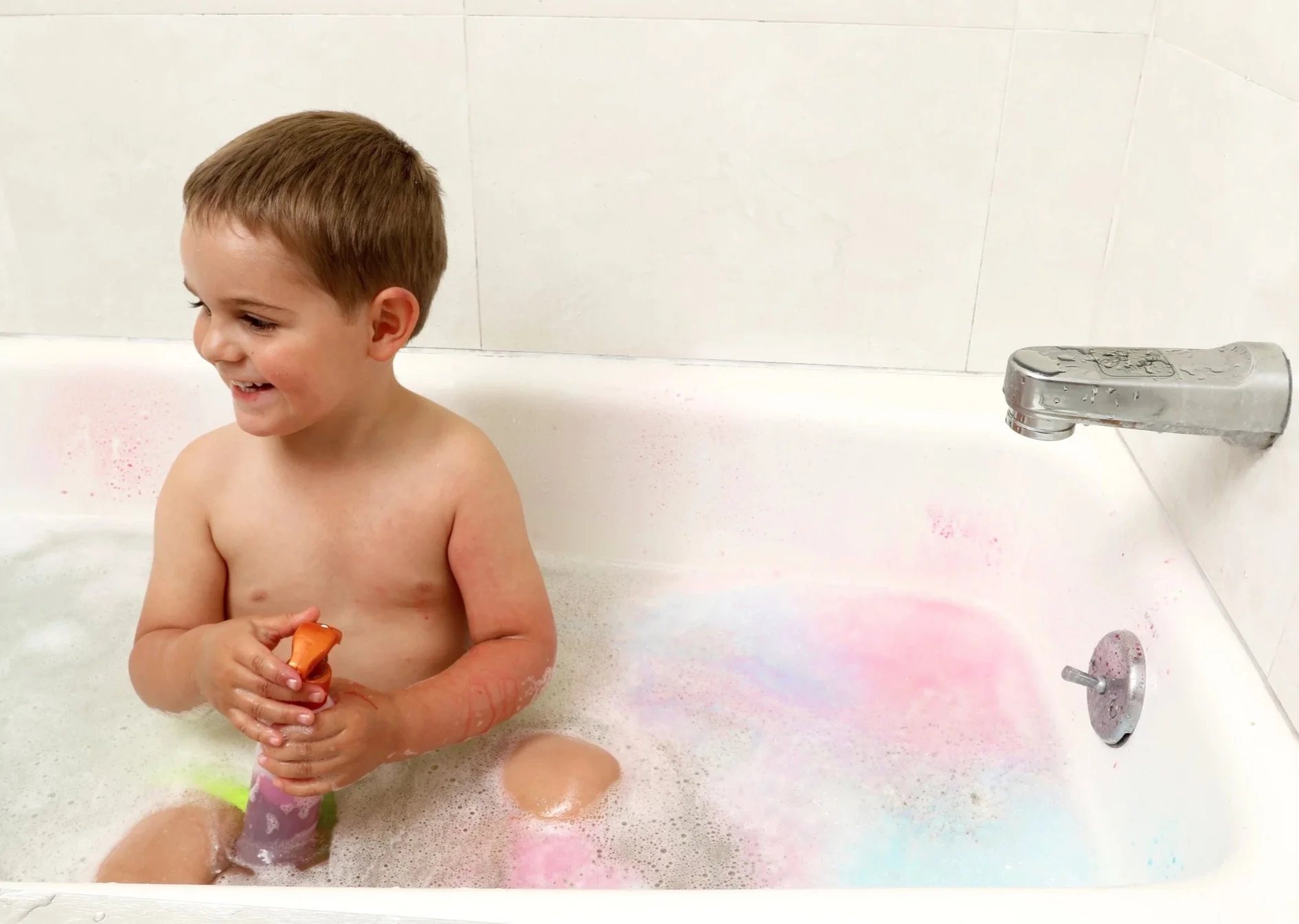
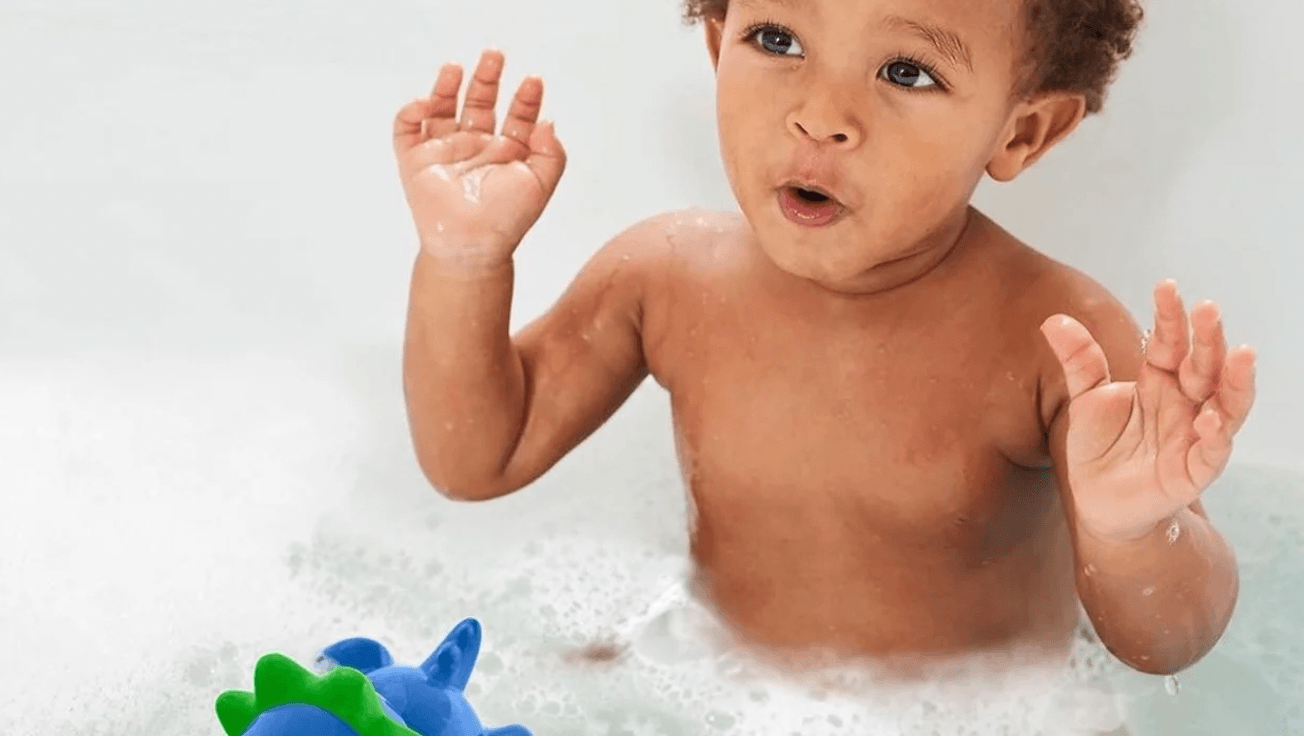
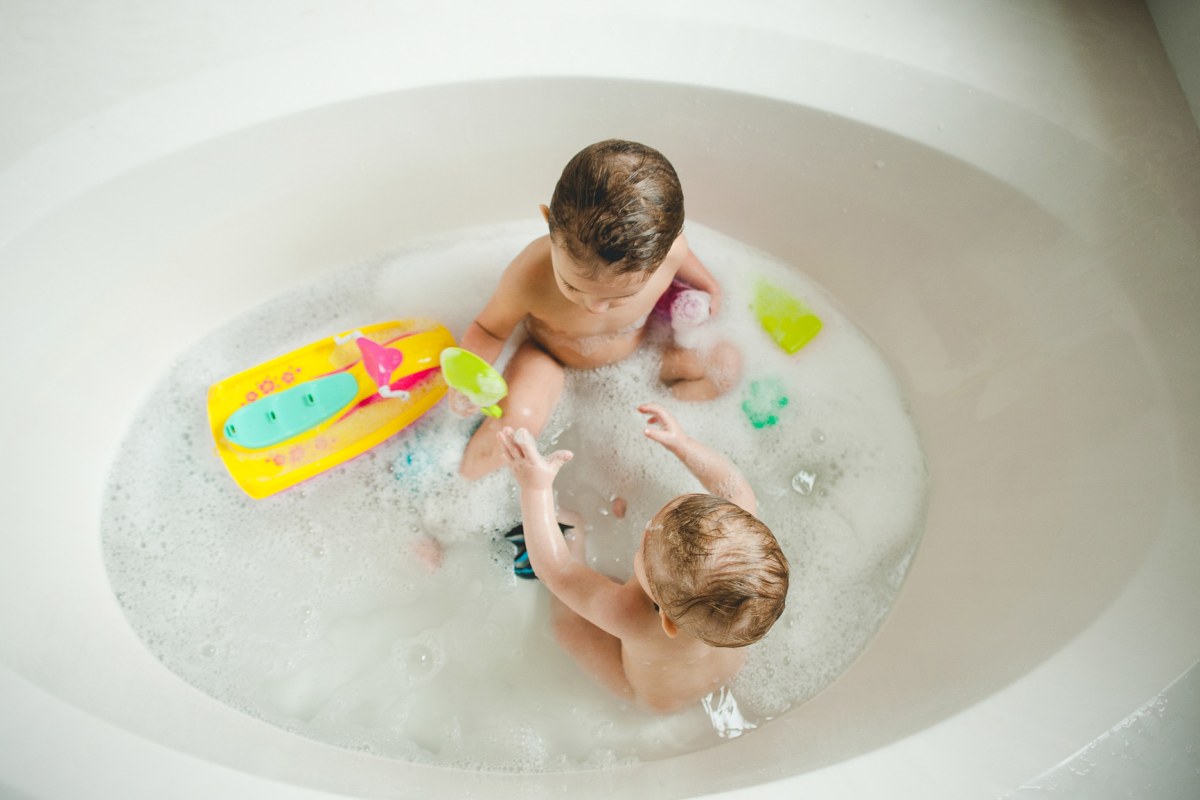
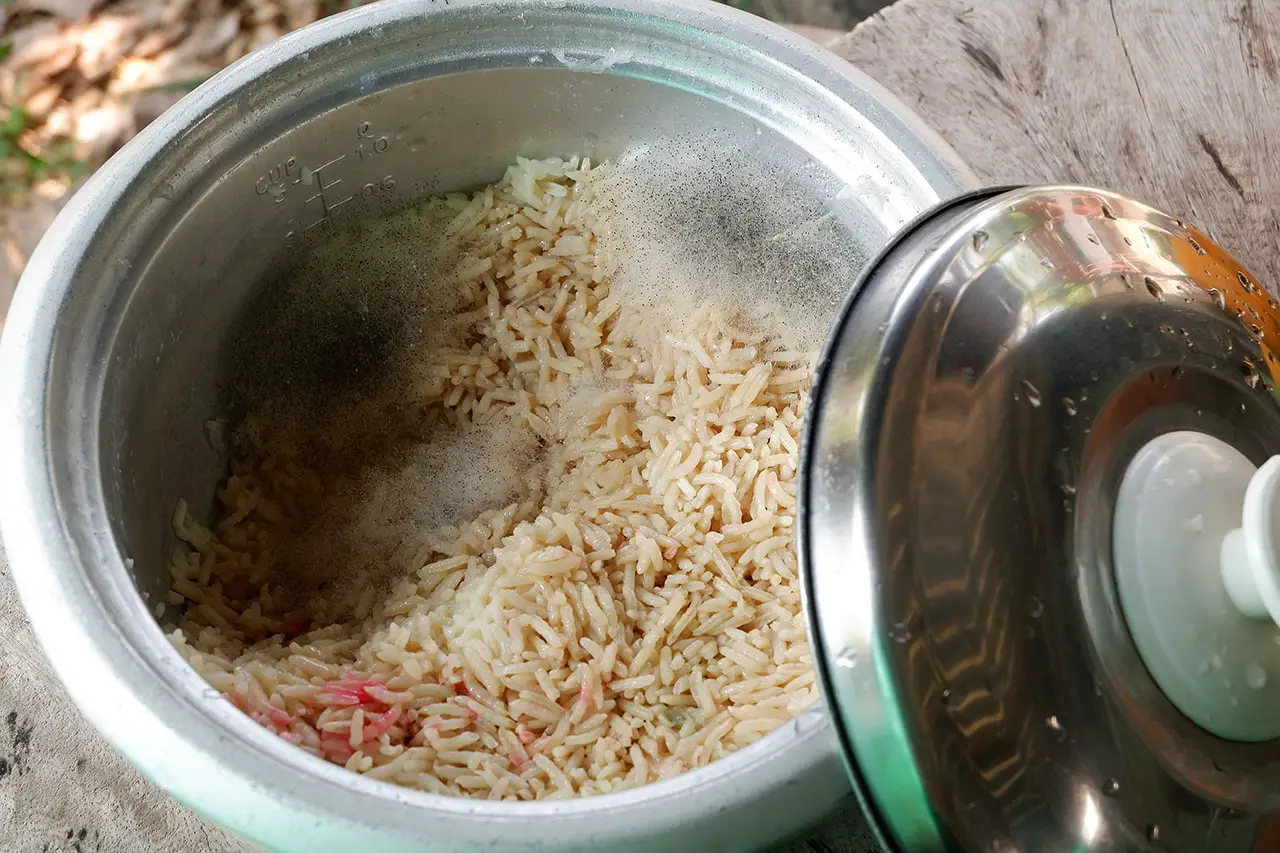
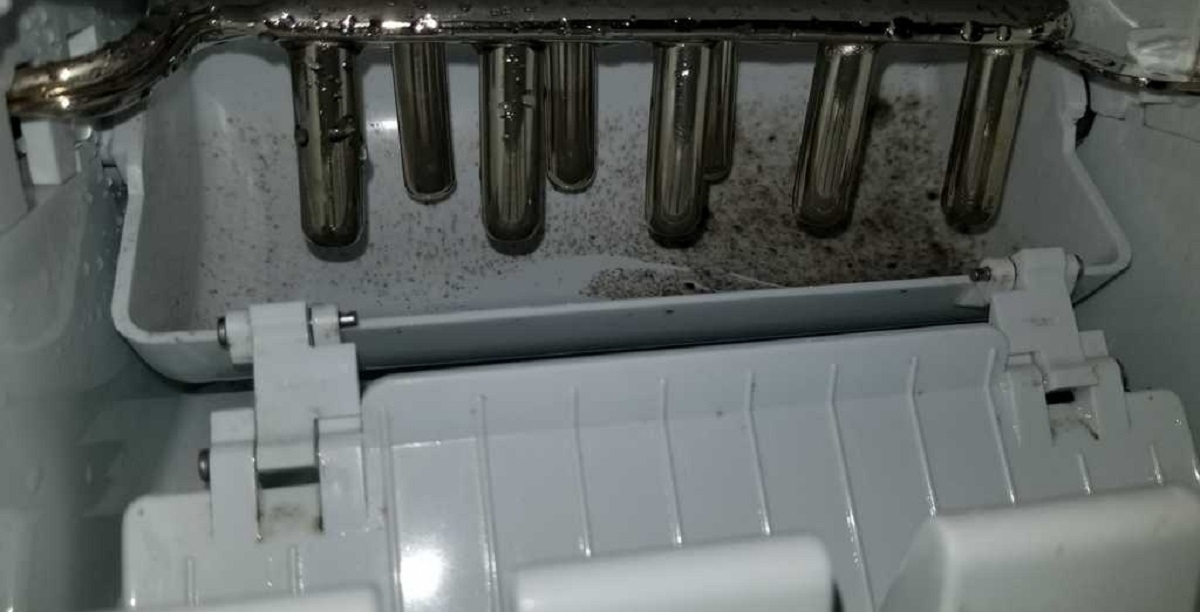
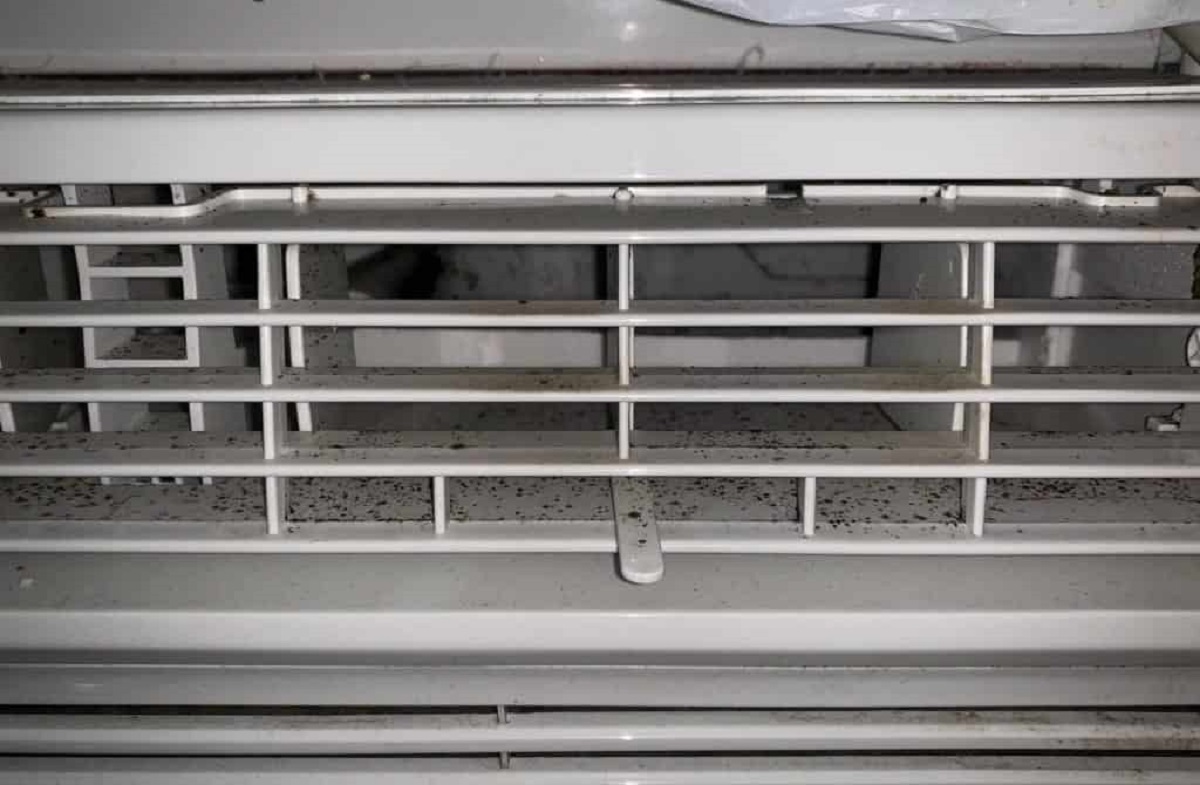
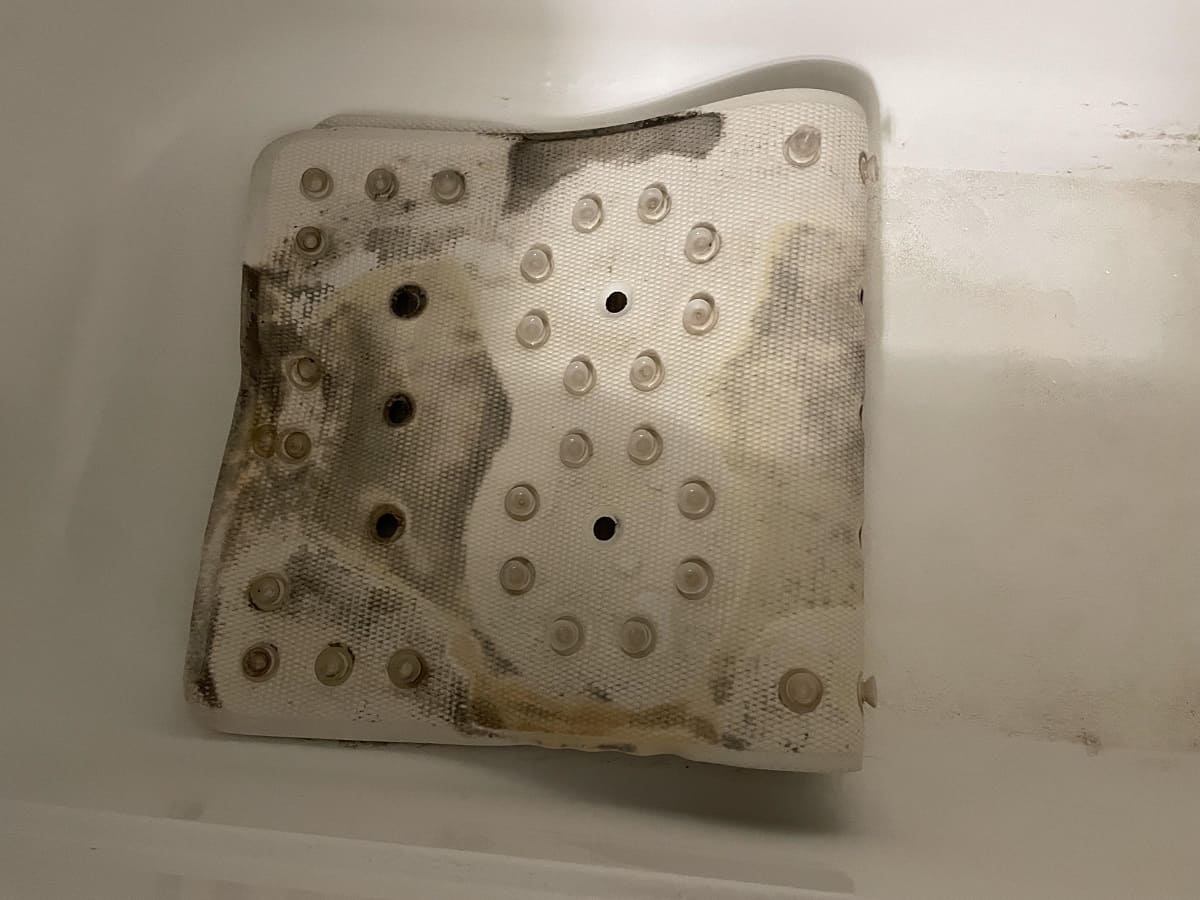
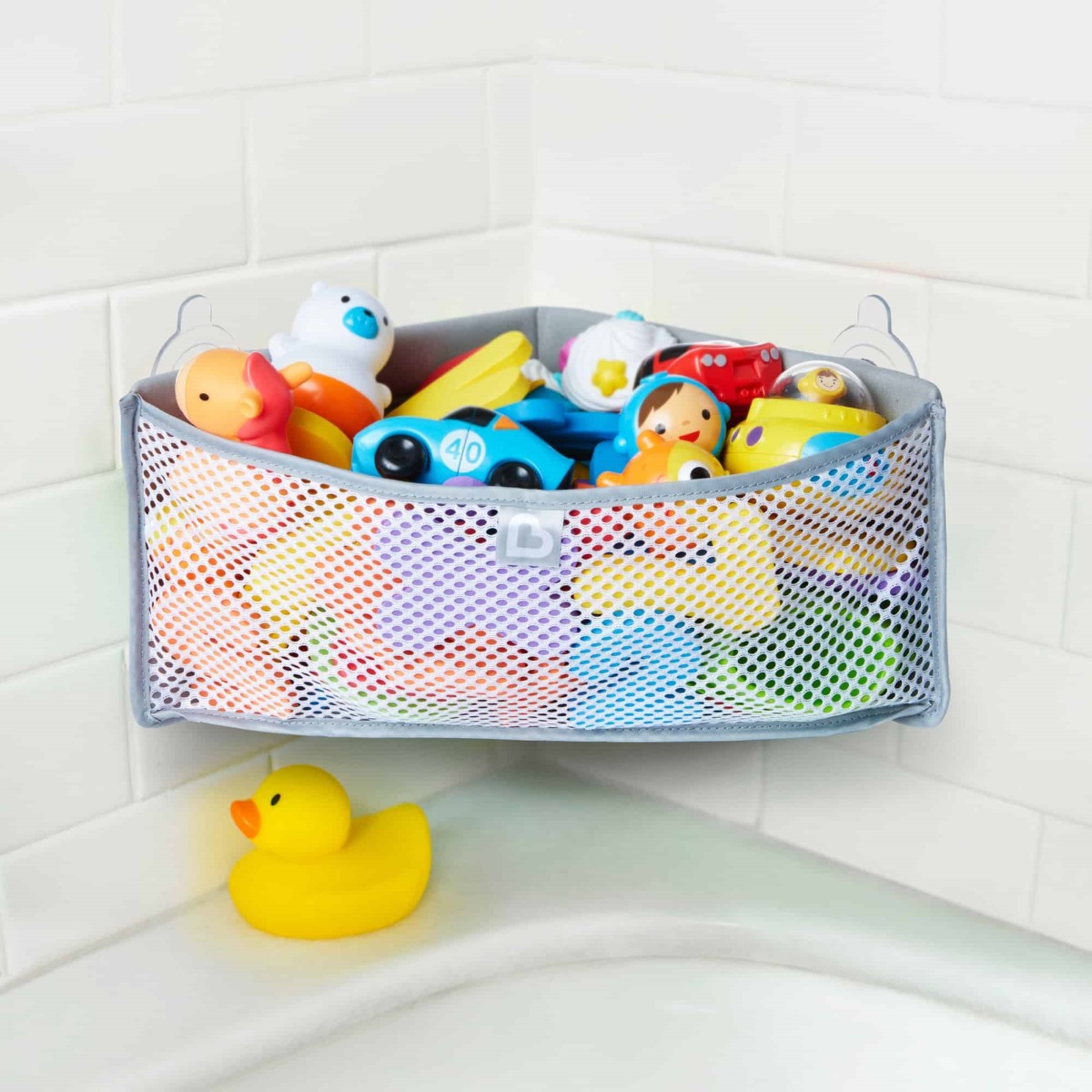
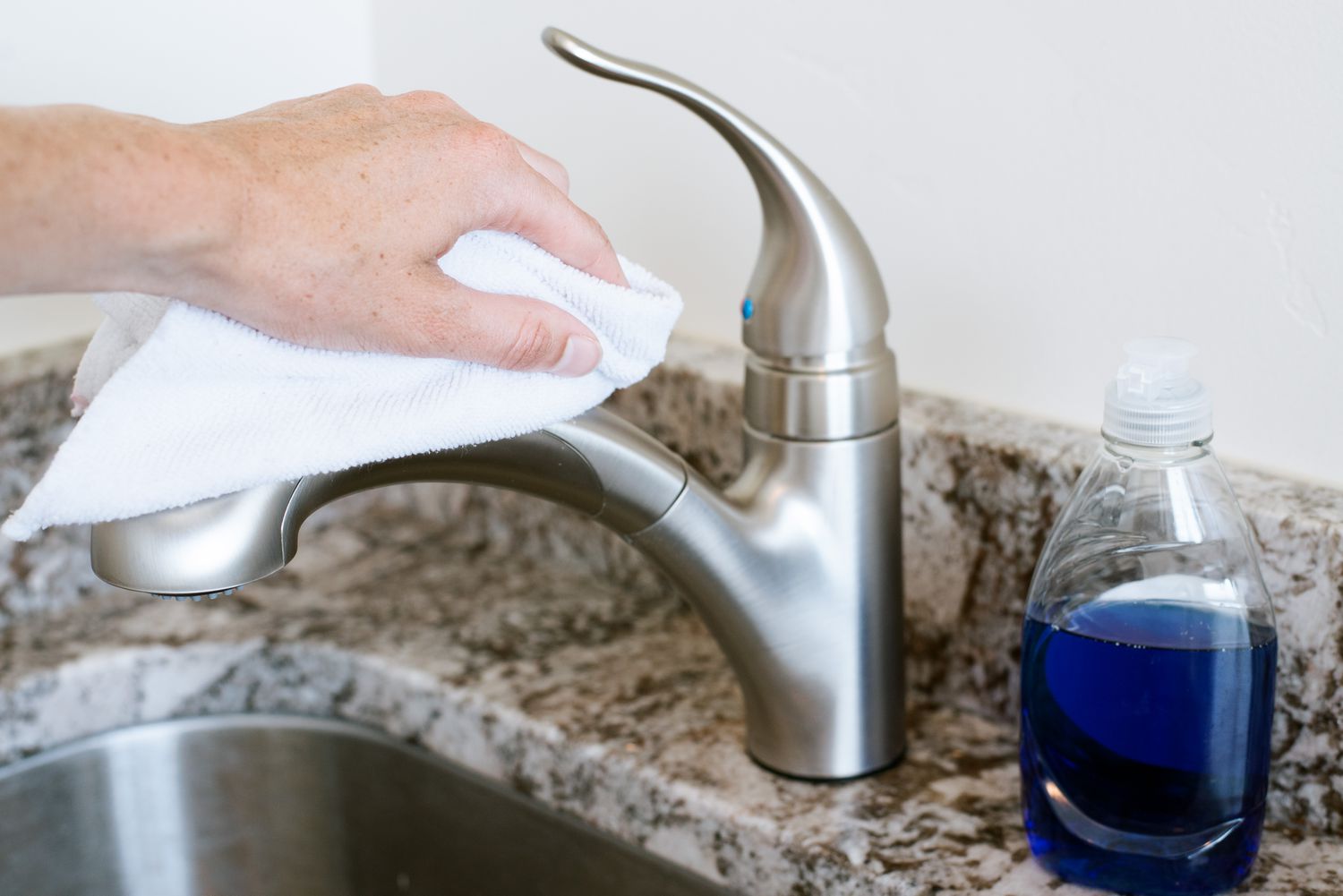

0 thoughts on “How To Clean Mold Out Of Bath Toys”